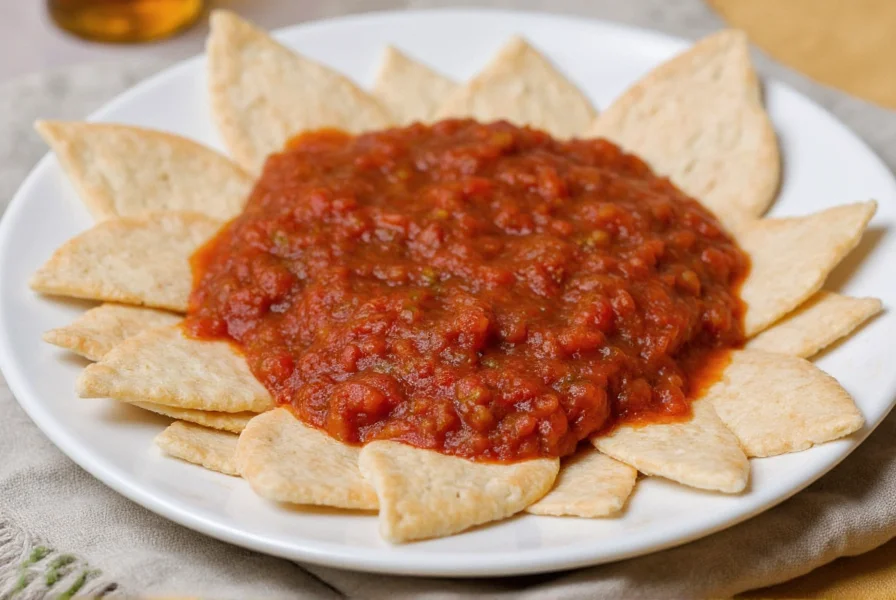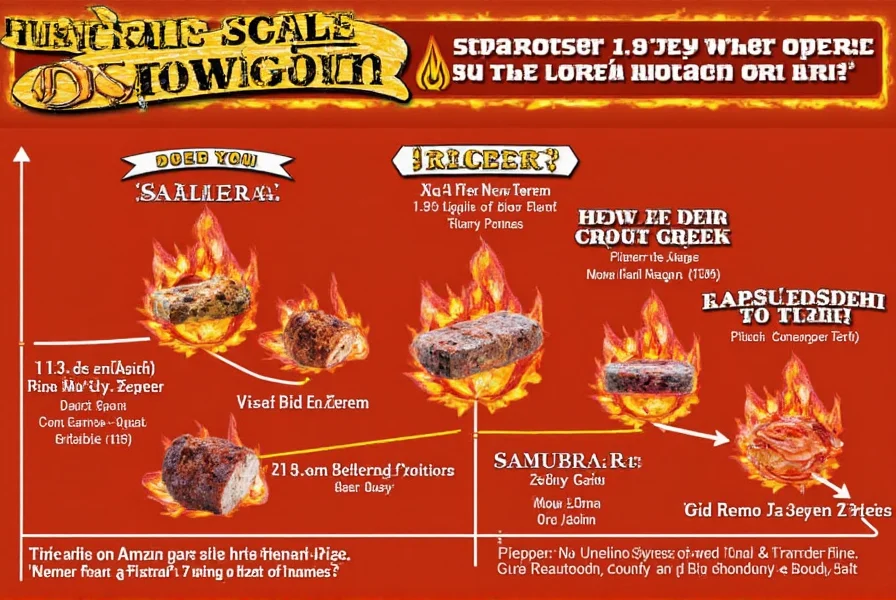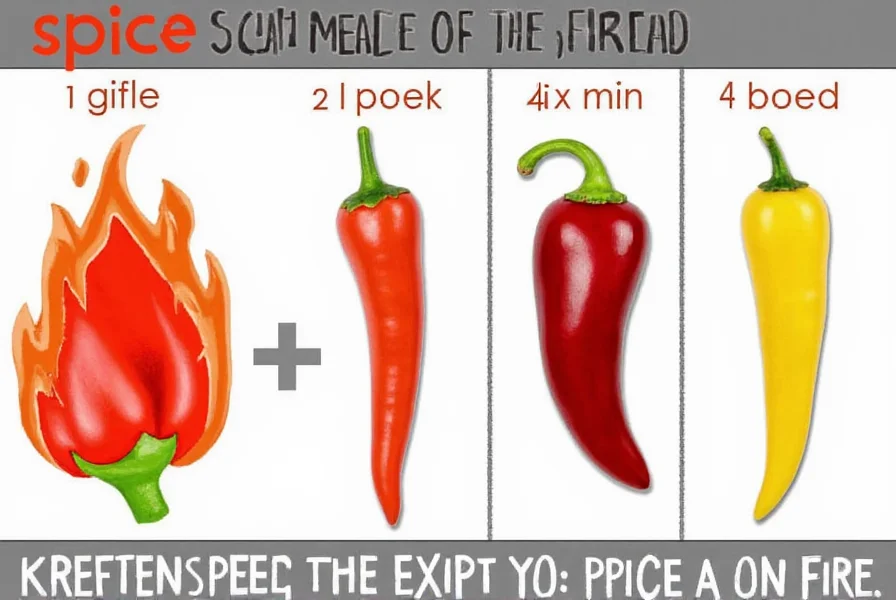The Scoville Scale is the universal standard for measuring the heat level of chili peppers, quantified in Scoville Heat Units (SHU). Invented in 1912 by pharmacist Wilbur Scoville, it measures capsaicin concentration—the compound responsible for spiciness—by determining how much sugar water is needed to dilute the heat until undetectable. This guide explains how the scale works, its scientific evolution, and why it matters for cooking and safety.
What is the Scoville Scale? A Scientific Explanation
The Scoville Scale measures pepper heat based on capsaicin concentration. Originally assessed through human taste tests (Scoville Organoleptic Test), modern labs use High-Performance Liquid Chromatography (HPLC) for precise capsaicinoid measurement. Each SHU represents the dilution factor required to neutralize heat: 1,000 SHU means the pepper must be diluted 1,000 times before heat is undetectable.

How Scoville Heat Units Are Measured Today
While Wilbur Scoville’s original test relied on human tasters, today’s scientific method eliminates subjectivity:
- HPLC Testing: Measures exact capsaicinoid concentration in parts per million, converting to SHU using standardized formulas.
- Accuracy: Modern labs report SHU ranges with statistical confidence intervals, accounting for natural variations in pepper genetics and growing conditions.
- Limitations: SHU values represent average heat; individual perception varies due to factors like capsaicin distribution and personal tolerance.
Peppers by Scoville Scale: Real-World Examples
Below are common peppers categorized by SHU ranges, demonstrating how the scale applies to real ingredients:
| Pepper | Scoville Range | Key Characteristics |
|---|---|---|
| Bell Pepper | 0 SHU | Zero heat; sweet, crisp texture |
| Poblano | 1,000–2,000 SHU | Earthy, smoky; ideal for stuffing |
| Jalapeño | 2,500–8,000 SHU | Fruity, grassy; versatile for salsas |
| Habanero | 100,000–350,000 SHU | Fruity-floral; Caribbean cuisine staple |
| Carolina Reaper | 1,641,183–2,200,000 SHU | Officially hottest pepper; chocolatey undertones |

Why Scoville Ratings Vary for the Same Pepper
Identical pepper varieties can have wildly different SHU values due to:
- Growing conditions: Soil composition, climate, and water stress affect capsaicin production
- Plant maturity: Fully ripe peppers often have higher heat levels
- Genetic variation: Even within the same cultivar, individual plants produce different capsaicin concentrations
Practical Applications of the Scoville Scale
Understanding SHU values helps with:
- Cooking safety: Knowing heat levels prevents accidental over-spicing
- Recipe development: Matching pepper heat to dish requirements
- Consumer education: Clear labeling for hot sauce and spice products
Frequently Asked Questions
How is the Scoville Scale measured today?
Modern labs use High-Performance Liquid Chromatography (HPLC) to measure capsaicinoid concentration in parts per million, then convert to Scoville Heat Units using standardized formulas. This eliminates human subjectivity from the original taste-test method.
Why do some peppers feel hotter than others at the same SHU?
Heat perception varies due to capsaicin distribution patterns, individual pain tolerance, and accompanying flavor compounds. For example, habaneros release heat gradually with fruity notes, while cayenne delivers immediate sharp heat despite similar SHU ranges.
Can cooking change a pepper’s Scoville rating?
Cooking doesn’t alter the actual SHU value, but it affects heat perception. Roasting concentrates flavors, boiling may leach capsaicin into liquid, and fermentation can mellow initial heat while adding complexity—though the chemical heat level remains unchanged.
Conclusion: Using the Scoville Scale Responsibly
The Scoville Scale is more than just a number—it’s a critical tool for culinary safety and precision. Whether you’re a home cook or professional chef, understanding SHU values ensures you choose peppers that match your heat tolerance and recipe needs. Always handle high-SHU peppers with gloves and caution, and remember: spiciness is about enhancing flavor, not just enduring pain.











 浙公网安备
33010002000092号
浙公网安备
33010002000092号 浙B2-20120091-4
浙B2-20120091-4